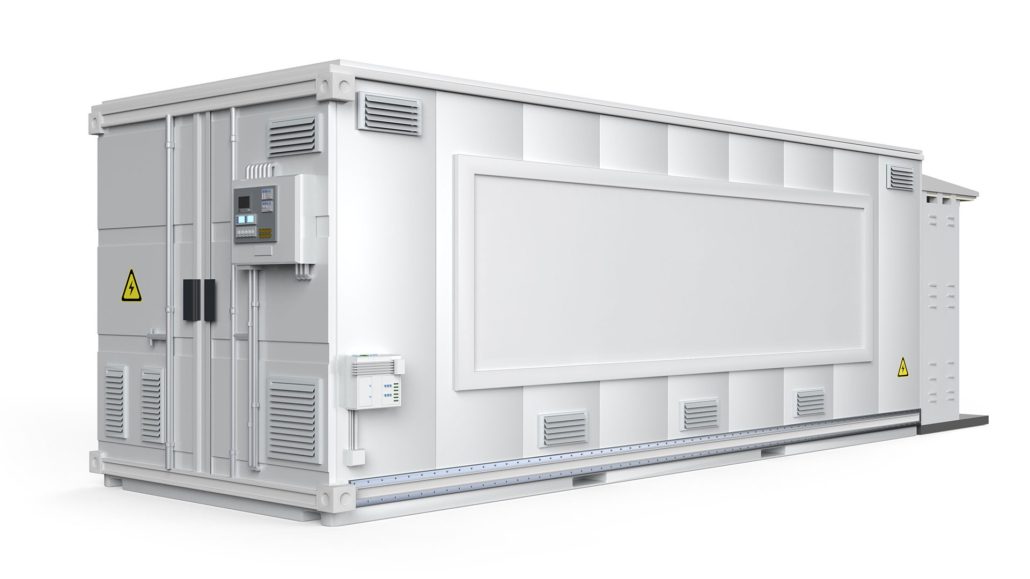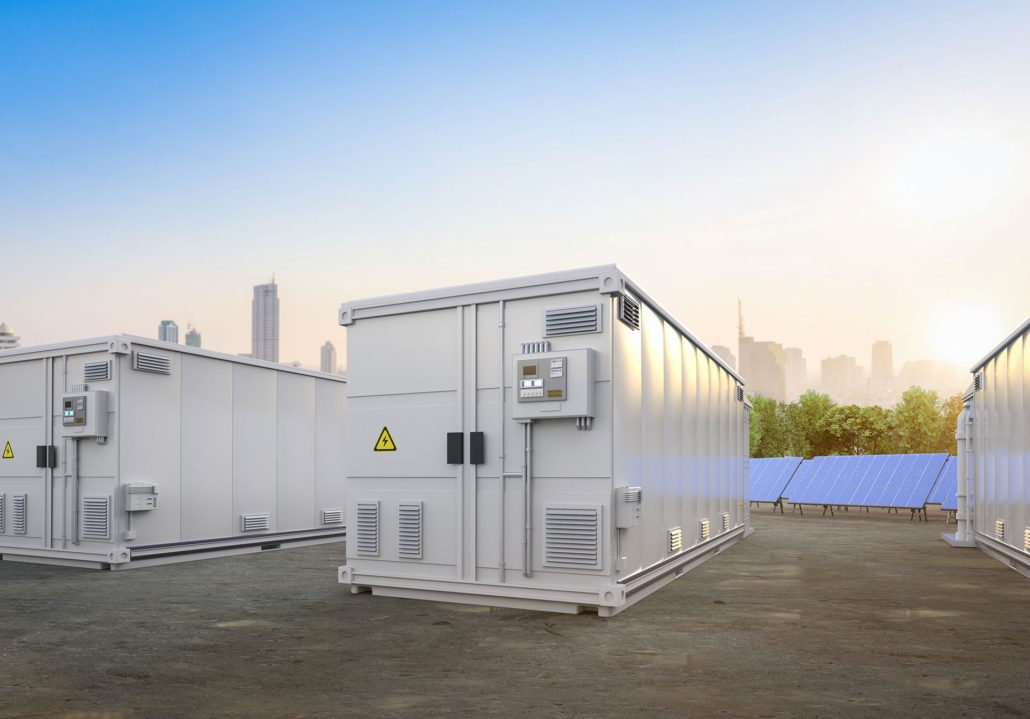Guildford West’s large-scale battery to revolutionise renewable energy infrastructure
Ausconnex, part of the Endeavour Energy Group, is planning to install Battery Energy Storage Systems (BESS), across Greater Western Sydney.
A BESS captures and stores electricity from renewable and non-renewable sources in commercial sized batteries. It releases this stored power when needed to meet energy demand, including during peak periods.
This initiative supports the upgrade to the existing electricity grid through the growth of renewable energy sources and will help deliver safe, reliable, and cleaner power contributing to the NSW Government’s goal of reaching net zero emissions by 2050.
Aerial view of the Guildford West Substation and proposed HV BESS
Planned Battery Energy Storage System in Guildford West
Ausconnex is proposing a high voltage (HV) BESS which will be located on the site of the existing transmission substation at 120-130 McCredie Road, Guildford West. See aerial view image showing the conceptual overlay on the right.
Building the BESS within the existing substation site uses land that is already set aside for this purpose and avoids the need for additional transmission lines, minimising environmental impact.
The proposed HV BESS at the Guildford West substation will have a capacity to supply up to 100 megawatts of power and store 200MWh of energy.
Planning procedures
As a State Significant Development (SSD), the proposed HV BESS will require NSW Planning Minister’s approval including the preparation of an Environmental Impact Statement (EIS).
As we progress through the SSD process, a number of environmental studies will be undertaken to assess and mitigate any potential impacts during the HV BESS project’s construction and operation, in line with EIS requirements.
In preparation of the project, we will use devices called noise loggers (photo to the right) to assess background noise and noise sensitivity in the surrounding area. This will help compare noise from equipment and activities during construction and operation and determine if noise mitigation measures are needed.
Pending approval of the project construction is expected to begin in 2026 and aims to be completed by 2028. Work will take place during standard construction hours (Monday to Friday from 7am to 6pm and Saturdays from 8am to 1pm).
Photo example of a noise logger used to measure background noise level
BESS stands for Battery Energy Storage System, as it consists of one or more batteries that store electrical energy for
use at a later time. This stored energy can then be drawn upon as needed, to meet various demands for power.
The proposed BESS will provide localised energy supply, support the growing demand in energy resources, and;
- Provide reliable power supply to customers now and in the future;
- Improve service reliability and provide grid support by reducing the risk of power disruptions;
- Support the energy network benefiting customers and enabling improved grid resiliency and;
- Enhance the energy sustainability ecosystem by storing excess solar generation.
A BESS, which generally looks like a set of shipping containers that are about three metres high, is comprised of four key components:
- Battery packs – a set of modules that turn chemical energy into electricity, which, in turn, make up the battery pack.
- Battery management system – BMS: Which ensures the safety of the battery system by monitoring and measuring the condition of the modules.
- Inverter or power conversion system – PCS: Which shifts the direct current ( DC ) generated by the batteries to alternating current ( AC ) that goes into the electricity grid and vice versa, allowing for charging and discharging.
- Balance of Plant – BoP: Which is the electrical equipment enabling connecting the BESS to the grid including transformers, switchgear and cables.
- Grid reliability and stabilisation – the BESS can absorb or release electrical power almost instantly, providing valuable services in balancing power supply and demand.
- Renewable energy integration – a BESS can store excess energy generated from renewable sources like solar during periods of low demand and release it during peak demand times. Ensuring a continuous and reliable supply of renewable energy even when the sun isn’t shining.
- Flexibility to dispatch energy – During natural disasters or heat waves when the grid is under stress, the BESS will be able to provide grid support, enhancing resilience to ensure the power stays on.
- Cost efficiencies – by discharging stored energy during peak demand periods, the BESS can help reduce the need for expensive peaking power plants, leading to potential cost savings for consumers on their power bills.
- Environmental benefits – by integrating renewable energy more effectively and decreasing dependence on fossil fuel-based peaking plants, BESS contributes to lower carbon emissions and a cleaner environment.
The proposed HV BESS, a State Significant Development, requires NSW Government approval. A Scoping Report will be submitted to the Department of Planning, Housing and Infrastructure by the end of this year. Following this, an Environmental Impact Statement will be prepared and exhibited publicly, inviting community members and stakeholders to provide feedback, expected to be in late 2025.
For more information, please contact us at:
Email: batteries@ausconnex.com.au or Phone: 1800 955 224.
Acknowledgement of Country
Email: batteries@ausconnex.com.au
Phone: 1800 955 224.
ABN: 39 232 846 628







